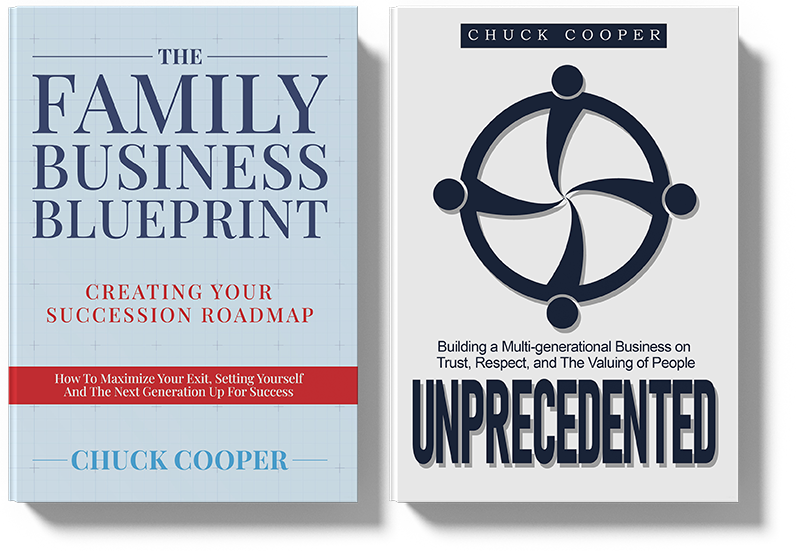Open enrollment season is rapidly approaching, providing employees with the opportunity to renew or revise their benefit selections. This is one of the busiest times of the year for HR teams, who face a huge task not just in providing robust benefit packages, but in communicating about those benefits with the entire employee base.
In fact, benefits communication is one of the most critical parts of the open enrollment season. At many organizations, it is also one of the most fraught. Despite the best efforts of HR teams, communication efforts all too frequently come up short. Studies have shown that an overwhelming majority of employees feel like they don’t have enough information about the benefits on offer.
Addressing the Problems with Open Enrollment Communication
Indeed, while most employees have a basic understanding of the medical, dental, and vision benefits available to them, information about other benefits often feels scarce. Surveys show that many employees are simply unaware of things like Employee Assistance Programs (EAP), including mental health benefits or understanding the differences between Flex Spending Accounts, Health Savings Accounts and Health Reimbursement their employer offers.
That’s one of the more notable issues with open enrollment communication. Another issue is the timing and frequency of communication. Most HR teams do a great job of conveying the basics of open enrollment season as it approaches, but routine, year-long communication is harder to come by. As such, many employees feel like they only hear about their benefits options for a month or so each calendar year, followed by a long stretch of HR radio silence.
3 Ways to Improve Open Enrollment Communication
To close some of these gaps in benefits communication, HR might follow a few basic tips:
1) Use multi-channel communication.
Most companies have varied employee demographics, and it’s critical to note that different cohorts will require different types of communication. For example, text messages might be the best way to convey information to younger employees, while more seasoned employees may prefer email or even a physical hand-out.
It’s not just the channel but the emphasis that should be customized. Simply put, younger employees have very different concerns when it comes to medical benefits or financial security, when compared with older employees. Be sure the messaging targets the felt needs of different employee groups.
2) Look for ways to keep employees updated year-round.
While you don’t necessarily want an all-out communications push that spans the entire year, you can seize opportunities to provide smaller, more focused pieces of information well after open enrollment season passes.
Here’s a simple example. Right now, student loan repayment is a major item in the news. If your company offers any benefits to help employees pay off some of their student loan debts, this would be an ideal time to send out a quick reminder.
3) Communicate with employees during major life events.
Also bear in mind that many employees will rethink their benefits priorities as they experience major life events. For example, when an employee gets married, has a child, sends a child to college, or experiences a loss in the family, that’s likely to prompt some questions about the benefits available to them.
Be attentive to these situations and send out targeted communications as needed.
Make Communication an Ongoing Process
The bottom line: Open enrollment is an event, but communication should be a sustained process. Follow these guidelines to close some of the gaps in your benefits communication. And with any additional questions, reach out to our team at WhiteWater Consulting.


